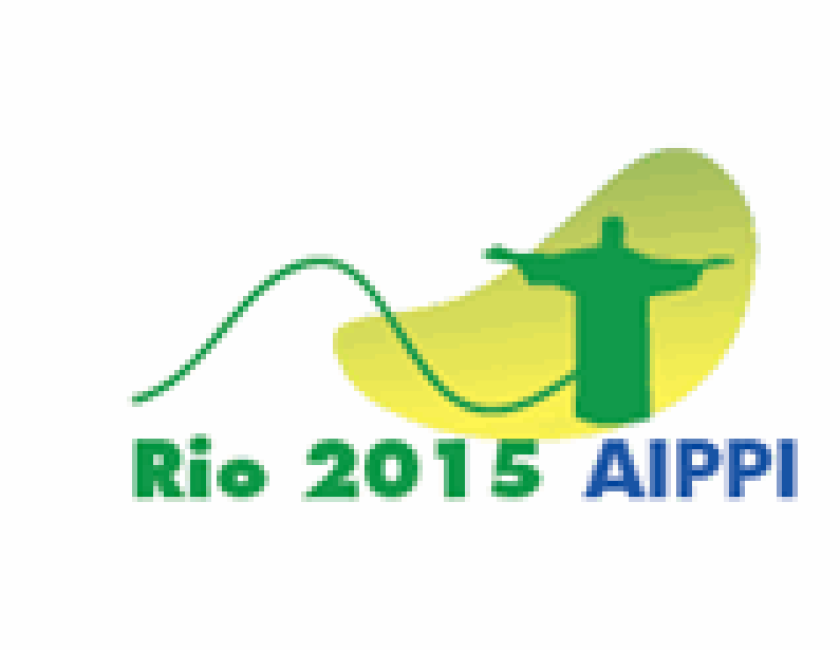As companies look to take advantage of talent around the globe, inventions coming from research and development teams spread worldwide are increasingly common. Yet, even as the patent system becomes more harmonised, issues that arise from conflicting national laws continue to cause problems. These conflicts arise in three areas: who is considered the inventor of a particular invention, the first-to-file requirements, and secrecy reviews for national concerns.
Who’s the inventor?
Who is considered an inventor of a particular invention varies country-by-country. Some jurisdictions have statutory language defining inventors, but for the jurisdictions with working groups responding to Question 244, many did not define inventorship through statute but instead through literature or case law. Because in some jurisdictions errors about stated inventorship of a patent can lead to revocation or transfer to the rightful owner, this issue can cause considerable uncertainty.
“Let’s say a first person conceives a new idea in a first country, and asks a second person in a second country to take that idea and design a product. Then, a third person in a third country is asked to take the completed design and build the product. Which of these three people is an inventor?” asks Jonathan Osha of Osha Liang, the reporter responsible for Question 244.
He continues: “The answer to that question can be different depending on the three different countries involved. Moreover, it is unclear which country’s laws should apply: is it the physical location of the inventor, the citizenship of the inventor, or the country where the patent application was first filed? These problems create significant uncertainty for owners of patents to multinational inventions.”
Osha further explains that in many instances, the inventorship of a particular patent is chosen based on the country of first filing. Because patent owners will rarely correct their applications in the later filed jurisdictions to comply with the laws there, these later patents have a hidden weakness that can cause problems down the line.
First-filing requirements
Another difficulty is that some countries may require that all or some types of patent applications for inventions made domestically be first filed in that country before any others. Thirteen of the 42 reporting groups state that their jurisdictions have such a requirement, with five of them (Italy, Russia, Singapore, Spain and the United States) applying this requirement to all inventions made within that jurisdiction. The other eight countries with such a requirement generally limit it to inventions that implicate national security concerns.
These types of requirements can be particularly troublesome for inventions that may be considered to have come from more than one jurisdiction, such as those invented by a research team based in several countries. Some of the reporting countries including the US have provisions that allow an inventor to obtain permission to file a patent first in another country. However, Osha says there can be obstacles to obtaining such waivers.
“[The problem arises], for example, in multinational inventions having inventors in the US and China. Both countries have rules that require the applicant to file in the inventor’s country first, unless a foreign filing licence or security review has been obtained,” he explains. “In order to make the request for a foreign filing licence or security review in one country, a description of the invention must be sent to the patent office of that country, which potentially violates the technology export laws of the other country.”
He adds: “It’s a Catch-22, where you may be forced to violate the law of one of the countries.”
National security reviews
A related problem for multinational inventions is that many jurisdictions require that inventions made even partially domestically undergo a secrecy review for national security before a patent application can be filed in another jurisdiction. Half of the jurisdictions reporting have such a requirement, and it is applied in a number of ways.
For example, 11 of the 21 countries with such a requirement will conduct a secrecy review on all applications, while the rest require the review only for certain technologies relating to national security. More than half the countries have automatic reviews. Some groups, such as the Canadian group, explained that only government-employee-created inventions or those otherwise owned by the government require ministerial approval before an application is filed abroad, though applications in some technology areas are subject to a security review. Meanwhile, some jurisdictions may place the onus on the patent applicant to apply the law and decide whether the application must be submitted for a security review.
Though it is not surprising that countries are concerned about the national security implications of inventions that may be exported, uncertainty can cause challenges for multinational inventors, especially given how they interact with the first filing requirements. What’s more, failure to comply can lead to serious consequences.
“In some countries, the scope of what might be considered sensitive to national security is not clear, but violating rules governing export of sensitive technology can result in very serious consequences, including criminal penalties,” Osha says. “While national security is of course an important and legitimate concern, it would be helpful if the rules were more clear.”
Making it better
Given this complex background and the obstacles it presents to international patent filers, one of the topics of discussion at the working group meeting will be ways to improve the system. Most of the reporting groups suggest that increased harmonisation makes sense in a world where international collaboration is increasingly common. That said, there will be considerable discussion about which aspects of the law need to be harmonised such as what the language should be. For example, among the reporting groups, there are more than 30 suggestions as to language to define inventorship.
What is inventorship?
Though a strong majority of the working groups stated that harmonisation is important, there are many different ideas as to what such harmonised laws should look like. For example, in response to a request for an international definition of inventorship, the 42 working groups submitted more than 30 suggestions.
These included “made or contributed to the invention”, “substantial contribution to the invention”, “creative technical contribution to the invention”, “participation in (or contributes to) the conception of the invention”, “conceived or contributed to conception of the underlying concept of the invention” and “independent, intellectual contribution to the invention”.
Source: Question 244 Summary Report










